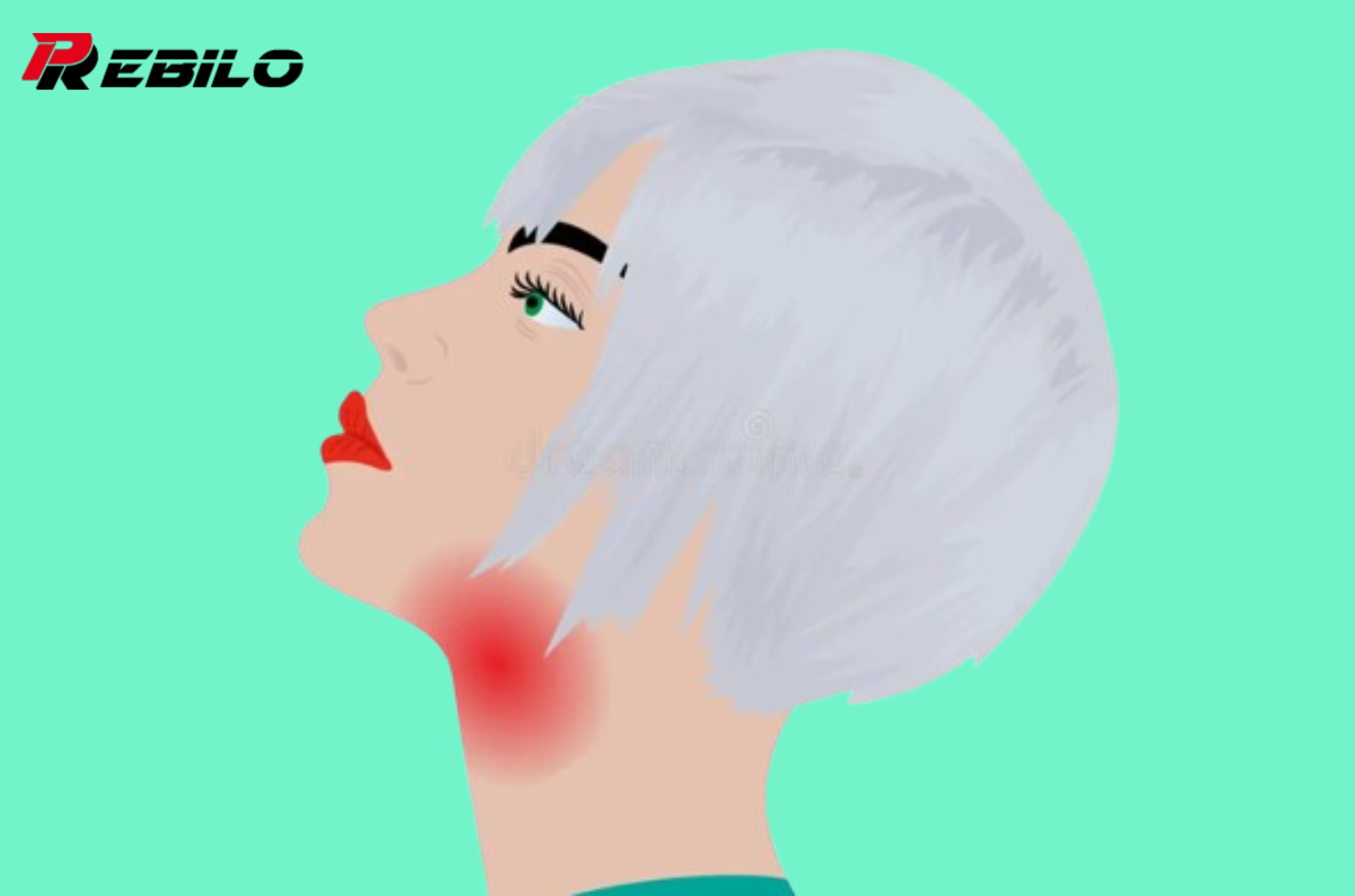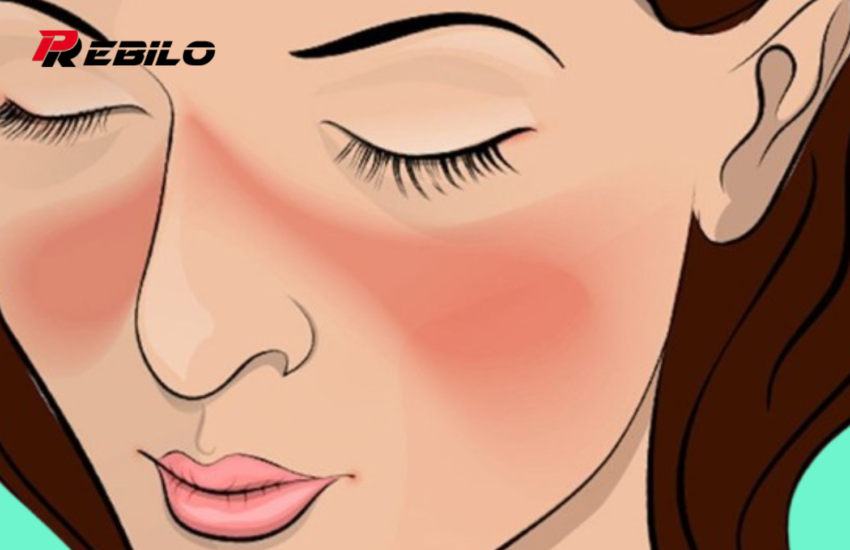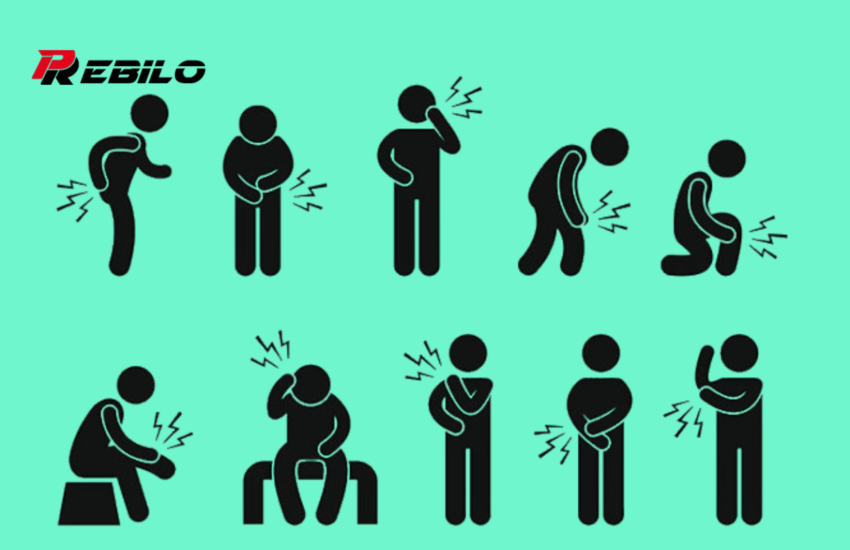Do you have a lump in your neck, back or behind your ear? Here’s what it means
Lumps under the skin can be worrisome, but not all lumps are serious.
Lumps on the neck, back, or behind the ear can have a range of causes, from harmless cysts to more serious conditions.
In this article, we’ll explore common causes and what you should know about each.
- Lump on the neck
Possible causes
Swollen lymph nodes: Lymph nodes can become enlarged due to infection (such as the flu or cold), inflammation, or more serious problems such as lymphoma.
Symptoms: Tender to the touch, may increase in size when fighting off infection, and are usually tender.
Thyroid nodules: A lump in the front of the neck may indicate a thyroid problem, such as a goiter or nodule.
Symptoms: Difficulty swallowing or breathing, voice changes, and a feeling of a lump when swallowing.
Cysts or cysts: Fluid-filled cysts or pockets can develop from infection in the neck area.
Symptoms: A painless lump that may become infected, swelling, redness, and sometimes fever.
When to worry
If the lump is growing rapidly, feels hard, or is accompanied by unexplained weight loss or night sweats, see a healthcare professional.
- Lump on the back
Possible causes
Lipoma: A soft, benign, painless fatty lump.
Symptoms: Usually small, soft to the touch, and slow to grow.
Sebaceous cyst: A cyst caused by a blocked gland, filled with oily fluid.
Symptoms: Small and soft, and may become inflamed or infected, causing redness and tenderness.
Muscle knots: As a result of muscle tension or injury, these lumps can appear under the skin in the back area.
Symptoms: Painful to the touch, and may cause muscle stiffness or pain when pressed.
When to worry
If the lump on the back is hard, painful, or continues to grow, it is worth getting it checked to rule out more serious problems such as tumors.
- Lump Behind the Ear
Possible Causes
Enlarged lymph nodes: Just like in the neck, the lymph nodes behind the ear can become enlarged due to infections such as ear infections or upper respiratory illnesses.
Symptoms: Pain, warmth, and swelling in the area.
Mastoiditis: An infection of the mastoid bone, located behind the ear, often caused by an untreated ear infection.
Symptoms: Severe pain behind the ear, fever, ear drainage, and sensitivity.
Sebaceous or skin cyst: Can form behind the ear due to blocked oil glands.
Symptoms: Painless lump, may become painful if infected, and is slow growing.
When to Worry
A lump behind the ear that persists for several weeks or causes significant discomfort should be checked, especially if there are other signs of infection.
Conclusion
Many lumps are benign and go away on their own, but others may require medical attention.
If the lump grows, becomes hard, or causes pain, or if it is accompanied by other unusual symptoms, it is important to see a doctor for a proper diagnosis.
Early detection is key, and while most lumps are harmless, it’s always better to be safe.
We urge you to take action
We encourage readers to monitor any changes in their bodies and to contact their healthcare provider for any lumps or bumps that don’t go away or look suspicious.


